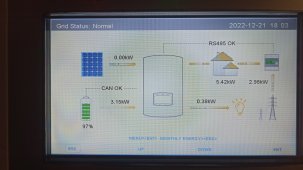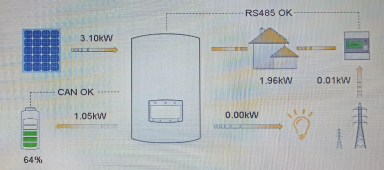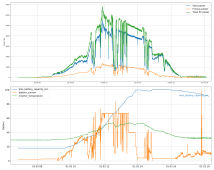Hello everyone!
This is in France. The house has three phase power for the heat pump.
I installed a Solis S5 hybrid inverter (S5-EH1P-6K-L) with two Pylontech US5000 and of course solar panels. It's a single phase inverter, I don't need three phase backup. My main reason for choosing this one is it works with 48V batteries, I didn't want HV batteries?
So far everything works fine except RS485 communication with the smartmeter, which is why I'm asking for help...

The meter is Eastron SDM630 Modbus V2, which is listed as compatible in Solis manual...
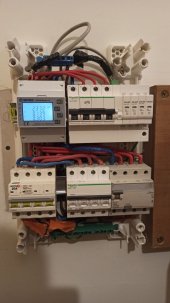
It is connected with Cat5e cable (about 20m) to the Solis' RS485-Meter port, polarity looks correct...
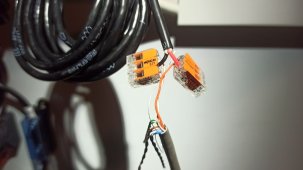
Closeup of wires in case I made a mistake:
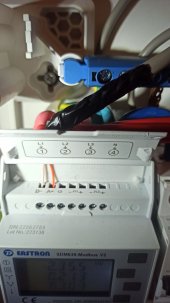
Meter settings:
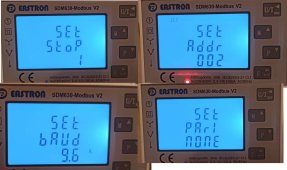
Solis settings:
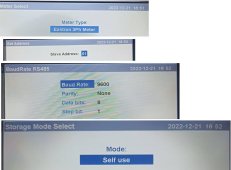
This is in France. The house has three phase power for the heat pump.
I installed a Solis S5 hybrid inverter (S5-EH1P-6K-L) with two Pylontech US5000 and of course solar panels. It's a single phase inverter, I don't need three phase backup. My main reason for choosing this one is it works with 48V batteries, I didn't want HV batteries?
So far everything works fine except RS485 communication with the smartmeter, which is why I'm asking for help...

The meter is Eastron SDM630 Modbus V2, which is listed as compatible in Solis manual...

It is connected with Cat5e cable (about 20m) to the Solis' RS485-Meter port, polarity looks correct...

Closeup of wires in case I made a mistake:

Meter settings:

Solis settings:




